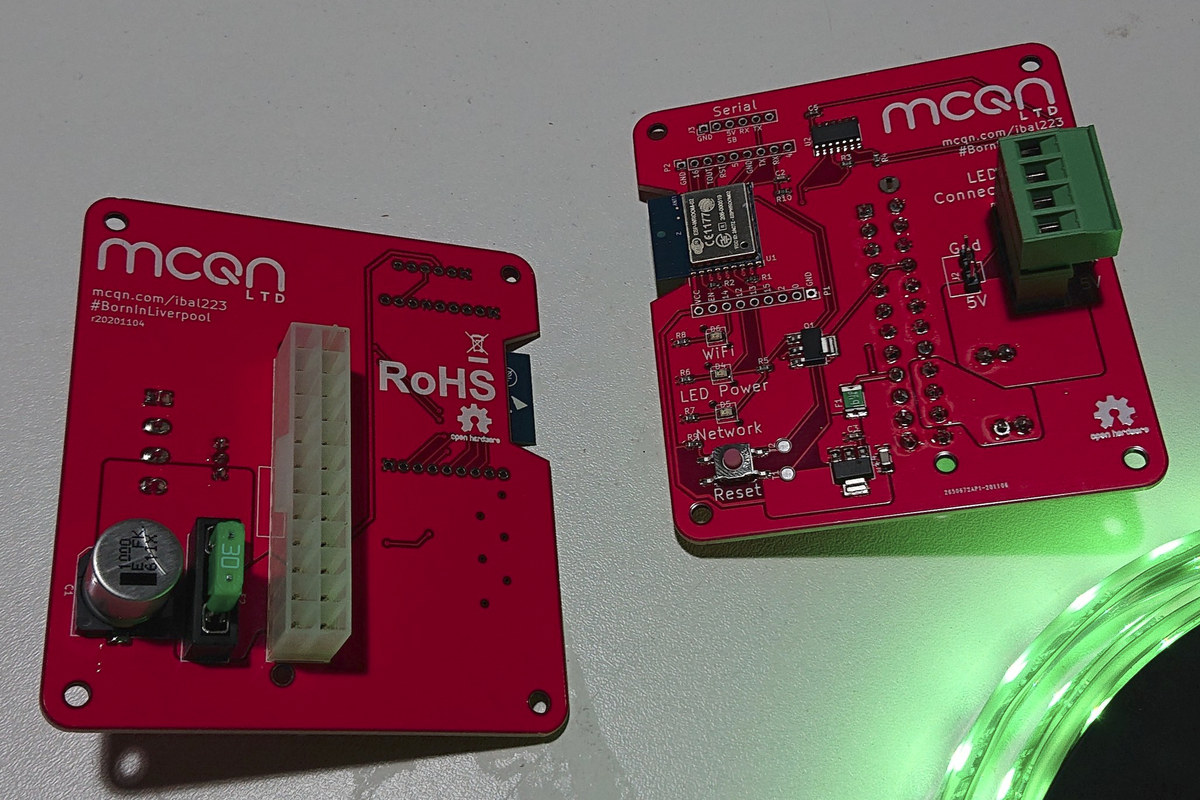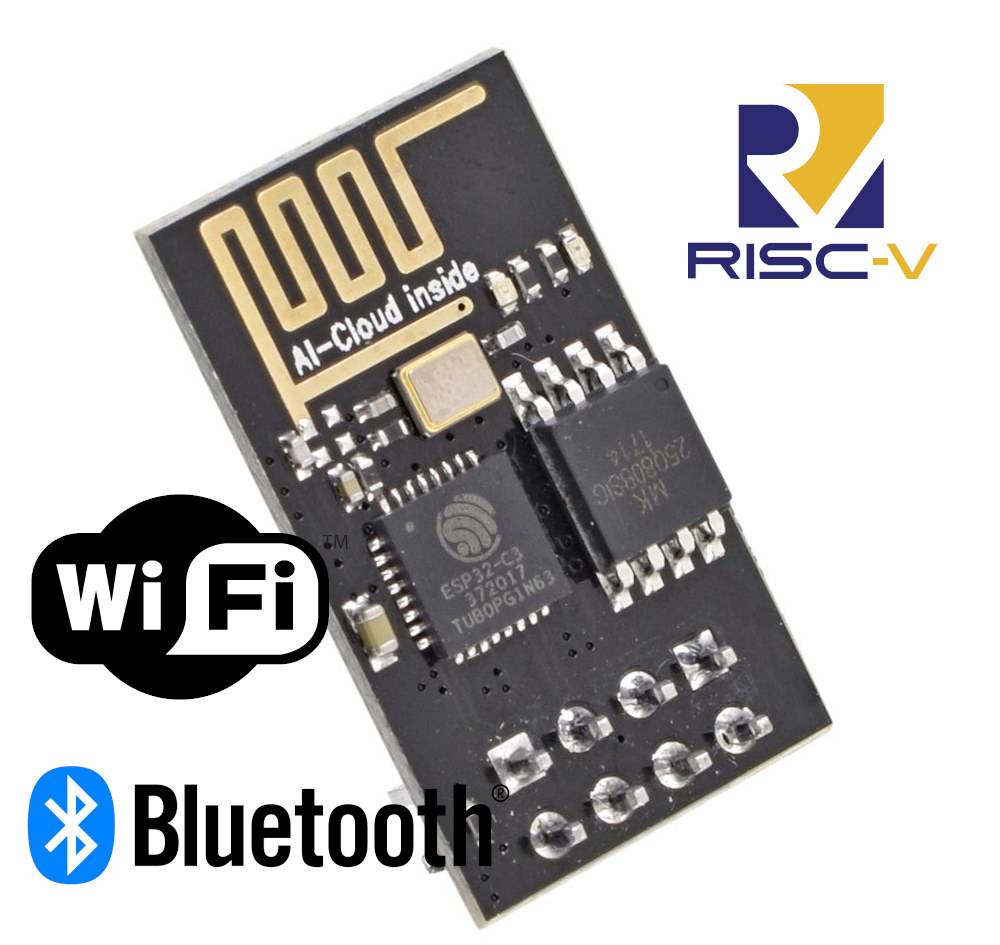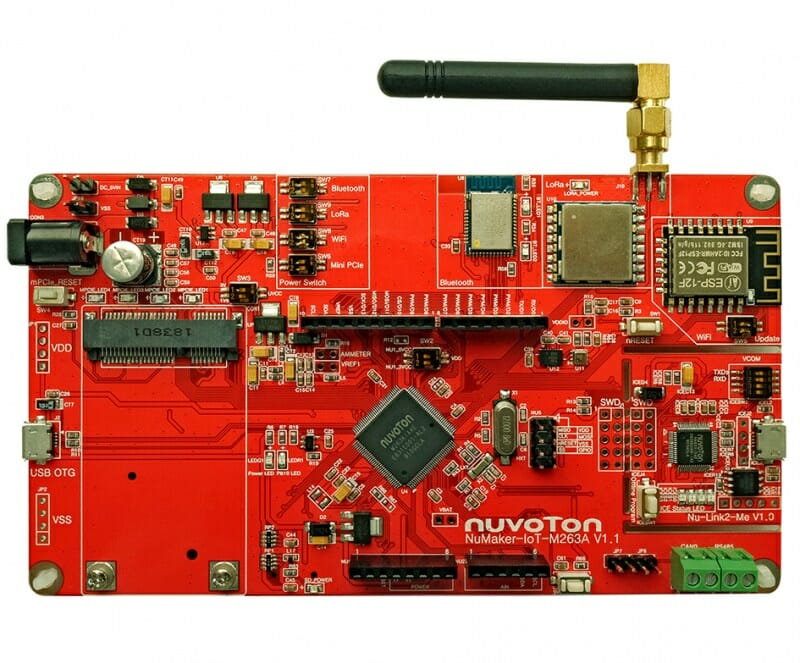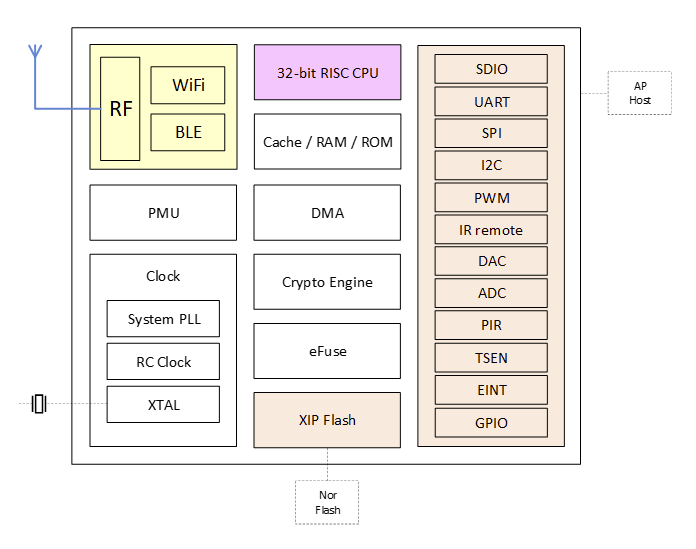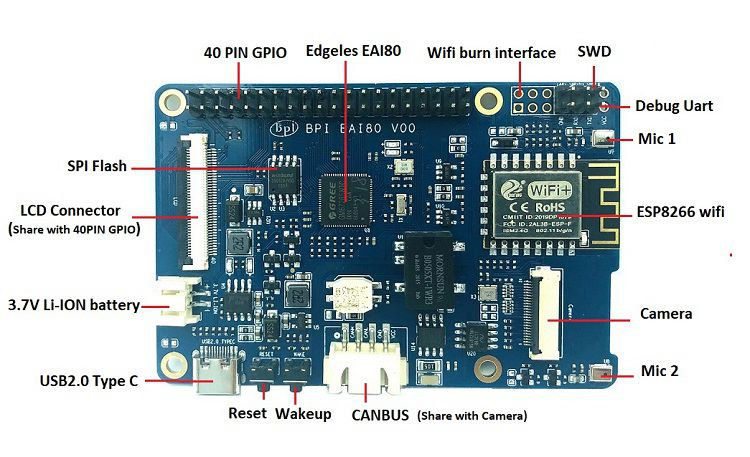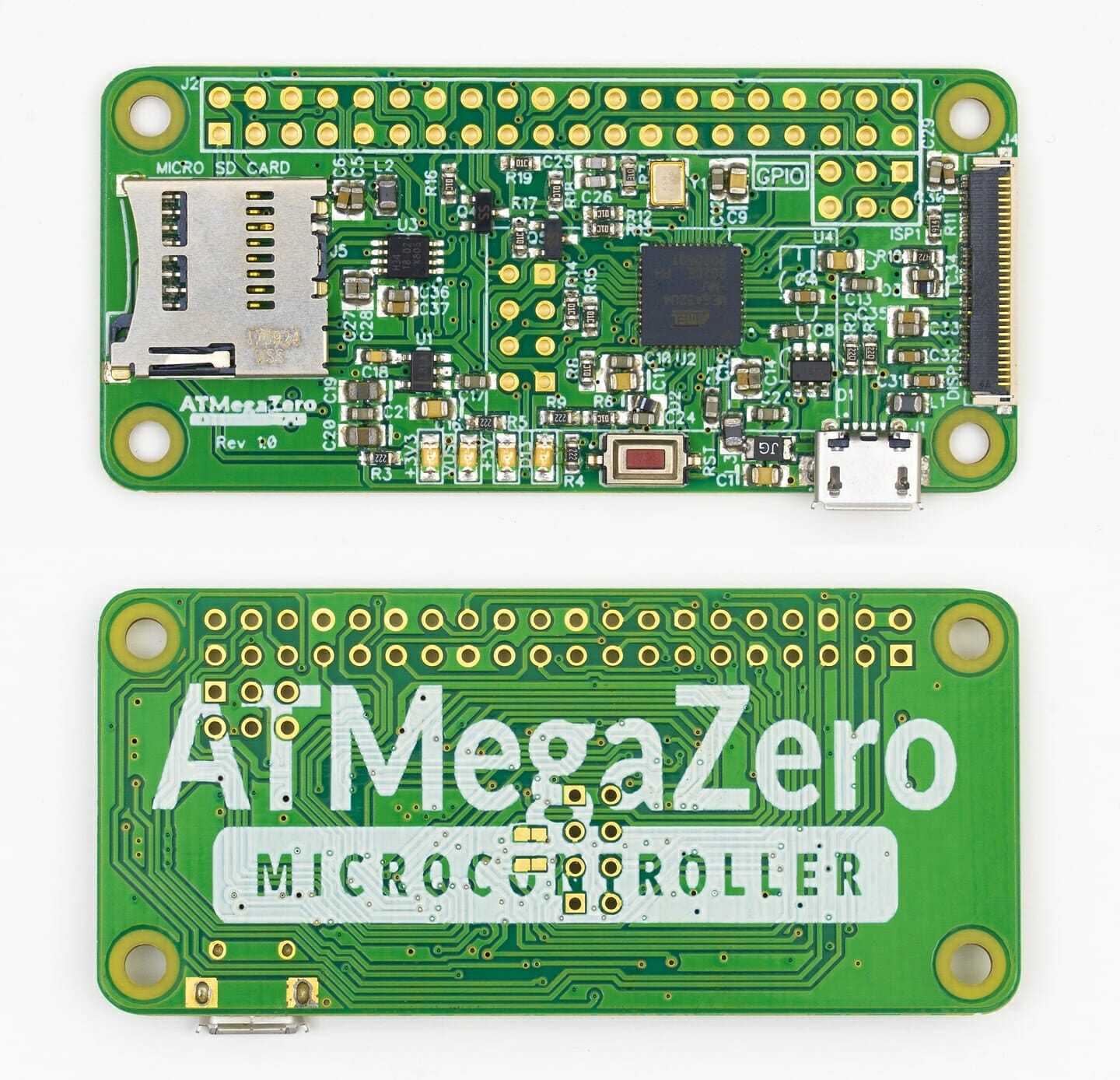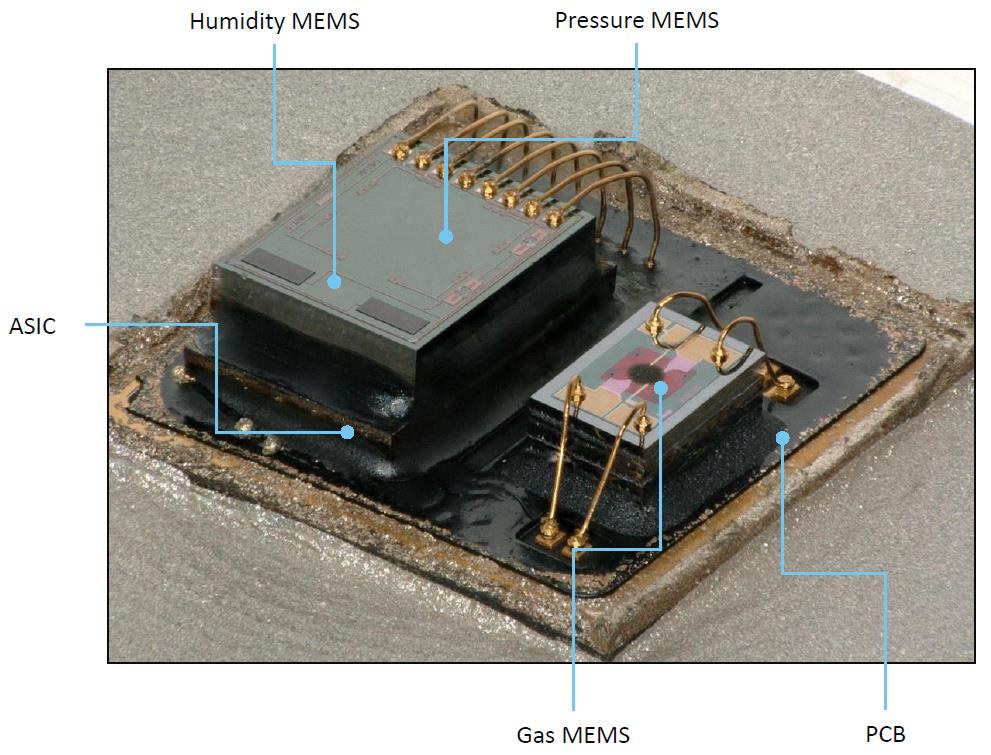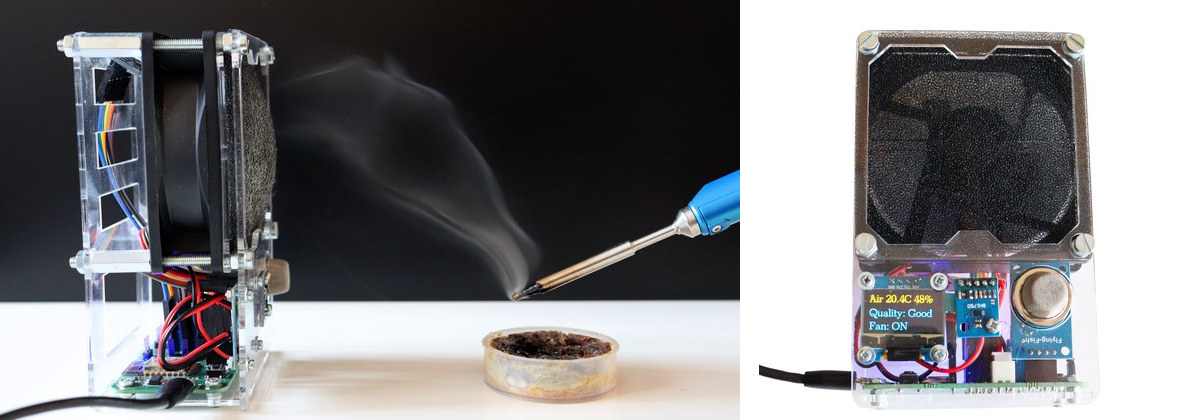“Adding Open Hardware to Open Software for a More Equitable IoT” talk at FOSDEM 2021 discussed the importance of open-source hardware and software for IoT devices, notably to avoid getting a brick after the cloud service is suddenly terminated. Adrian McEwen then specifically talked about his “My Baby’s Got LED” ESP8266 open-source hardware board powered by… a USB charger? nope. A battery? You’ve got to be kidding. Instead, the ESP8266 board is equipped with an ATX connector taking a standard power supply found in PC towers and desktops. But why? That’s because the board is designed to control a string of Neopixels/WS2812 RGB LED’s, and a 500W ATX power supply can power up to 500 lights. MCQN’s “My Baby’s Got LED” board specifications: Wireless module – ESP-WROOM-02 ESP8266 module with WiFi 4 connectivity LED strip connector – 4-pin terminal block Expansion – 2x 9-pin unpopulated 2.54mm pitch header for easy […]
ESP32-C3 WiFi & BLE RISC-V processor to launch at ESP8266 price
[Update December 2020: While we first reported ESP32-C3 would be pin-to-pin compatible to ESP8266 based on the tweet mentioned in the post, the datasheets show both are clearly not pin-to-pin compatible, and instead it looks like the goal is to provide pin-to-pin compatible modules] When we reported about ESP32-S2-MINI modules last September, we also noted Espressif teased us with ESP32-S3 and ESP32-C3 with close to no details. ESP32-S3 is expected to be a multi-core WiFI & Bluetooth processor with AI instructions/accelerator, but there were no details about ESP32-C3 at all, and we only found out it would be a RISC-V processor several weeks ago. But Twitter user Johnny Wu posted a screenshot in Chinese and its translation claiming ESP32-C3 was finally released by Espressif Systems. [Update: The datasheet has been released. See comments.] ESP32-C3 WiSoC is pin to pin compatible with ESP8266, works with ESP32 development framework (e.g. ESP-IDF), supports […]
NuMaker-IoT-M263A board is the Swiss army knife of IoT development
If you’d like an MCU board to experiment with various wireless (and wired) protocols used for Internet of Things applications, the Nuvoton NuMaker-IoT-M263A development board may be worth a look. Powered by a NuMicro M263KIAAE Arm Cortex-M23 CPU microcontroller, the board offers WiFi, Bluetooth, and LoRa connectivity, plus an mPCIe socket for 3G, 4G, or NB-IoT cellular connectivity. It also comes with various sensors, as well as CAN and RS485 transceivers for industrial control applications. NuMaker-IoT-M263A key features and specifications: MCU – Novoton NuMicro M263KIAAE Arm Cortex-M23 microcontroller @ 64 MHz with 96KB SRAM, 512 KB dual-bank flash for OTA upgrade, 4 KB LDROM; LQFP128 package Storage – MicroSD card connector On-board wireless modules ESP12-F (ESP8266) 802.11b/g/n module MDBT42Q-PAT Bluetooth 4.2/5.0 LE module APC1278 (for 408 / 433 / 470 MHz) LoRa module plus antenna Serial – CAN and RS485 transceiver USB – 1x Micro USB OTG connector (to M263 […]
BL602/BL604 RISC-V WiFi & Bluetooth 5.0 LE SoC will sell at ESP8266 price point
Hisilicon Hi3861 may be the first RISC-V WIFI SoC we’ve reported on, but due to political uncertainties and security concerns, supplies may not be available outside of China. So alternatives are welcomed, and Nanjing-based Bouffalo Lab (not a typo, 博流智能科技 in Chinese) has recently introduced BL602 and BL604 32-bit RISC-V WiFi and Bluetooth LE SoC for low-power IoT applications that are supposed to compete against ESP8266 in terms of price but with higher performance and additional features. The BL602 will also be integrated into an upcoming Sipeed Longan-series board, and potentially a new IoT board from Pine64. BL602 / BL604 key features & specifications: MCU subsystem – 32-bit RISC-V CPU with FPU with dynamic frequency from 1MHz to 192MHz, L1 cache Memory – 276KB SRAM on-chip Storage 128KB ROM, 1Kb eFuse, and optional Embedded Flash on-chip XIP QSPI flash support Wireless Wi-Fi 4 – 802.11 b/g/n @ 2.4 GHz Bluetooth […]
$16 Banana Pi BPI-EAI80 Cortex-M4F Board Embeds AI Accelerator, WiFi Module
Last April, we wrote about Edgeless EAI-Series dual Arm Cortex-M4 MCU equipped with a 300 GOPS CNN-NPU for AI at the very edge as we had discovered the chip in an upcoming Banana Pi board. It turns out Banana Pi BPI-EAI80 development board powered by Edgeless EAI80 AI microcontroller has just launched for $16 on Aliexpress, or you could get a complete kit with a touchscreen display, a camera, and a USB power supply for $80. Banana Pi BPI-EAI80 development board specifications: System-in-Package – Edgeless EIA80 dual-core Cortex-M4F microcontroller @ 200MHz with 300GOPS AI accelerator (CNN-NPU), 384KB of SRAM including 256KB for CNN-NPU, and 8MB SDRAM Storage – SPI flash Display I/F – LCD connector up to 1024×768 Camera I/F – 1x DVP camera interface Audio – 2x onboard microphones Connectivity – 2.4GHz 802.11b/g/n WiFI 4 using ESP8266 module USB – 1x USB 2.0 Type-C port Expansion 40-pin GPIO header […]
Raspberry Pi Zero Inspired ATMegaZero Arduino Compatible Board Launched for $24.90
When we reported about ATMegaZero, an Arduino Leonardo compatible board following Raspberry Pi Zero form factor last July it was not available for sale just yet. The good news is that the Microchip ATmega32U4 board is now available on GroupGets for $24.99 plus shipping. The group buying campaign is expected to end around September 30th, and the boards will ship right after that. Here’s a reminder about ATMegaZero specifications: MCU – Microchip ATmega32U4 microcontroller running at 16MHz with 32KB Flash, 2.5KB SRAM, 1KB EEPROM (Arduino Leonardo compatible) Storage – MicroSD card Display – 32-pin OLED display port compatible with 30-pin SSD1306 and SSD1331 based displays Wireless Connectivity – 8-pin header for optional ESP8266 ESP-01(s) WiFi module Expansion – 40-pin Raspberry Pi-inspired GPIO header with UART, SPI, I2C, analog input signals Debugging & Programming – Micro USB port, 6-pin ICSP header Misc – 4x LEDs, reset push-button Power Supply – 5V […]
ESPurna ESP8266 Automation Firmware Gets Support for BME680 Sensor’s Precise Indoor Air Quality Measurements
Bosch BME680 is a 4-in-1 air quality sensor measuring relative humidity, barometric pressure, ambient temperature, and gas (VOC) levels. It’s found in boards such as STM32 based Metriful Sense or Nordic Thingy:91, and Bosch Sensortec published an Arduino library based on “Bosch Sensortec Environmental Cluster (BSEC) Software” to provide precise calculations temperature, humidity, pressure, and indoor air quality (IAQ). BSEC proprietary algorithms can provide indoor air quality data as good as more expensive CO2 sensors according to a recent presentation by the company. Max Prokhorov, lead ESPurna maintainer, and Rui Marinho noticed none of the popular open-source ESP8266 automation firmware including ESPurna, Tasmota, and Esphome supported BME680 sensor just yet. So they decided to work together to add BME680 sensor support via BSEC library to ESPurna firmware, and now it’s very easy to use as you just need to define BME680_SUPPORT=1 before compiling the firmware. You’ll find the now-merged pull […]
ANAVI Fume Extractor Comes with ESP8266 WiSoC, MQ-135 Gas Sensor (Crowdfunding)
Last year, I played with ESP8266 based ANAVI Gas Detector Starter Kit reporting air quality via an MQ135 sensor on an OLED display, and integrated it with Home Assitant to monitor air quality from a neat web dashboard. The developer, Leon ANAVI, has now adapted the design to create ANAVI Fume Extractor by basically adding a relay to control a control. The fan can be turned on/off manually, or automatically upon detecting bad air quality. ANAVI Fume Extractor key features and specifications: Fan – 80 mm, 5 V DC, 0.25 A with replaceable filter SoC – ESP8266 Tensilica L106 32-bit wireless processor Connectivity – 802.11 b/g/n Wi-Fi 4 Display – Mini OLED display Sensors – Optional MQ-135 for air quality or any other 5V MQ analog gas sensor Expansion – 3x headers for I²C sensors Debugging / Programming – UART pins for flashing custom firmware, Misc – Button, WiFi on/off […]


